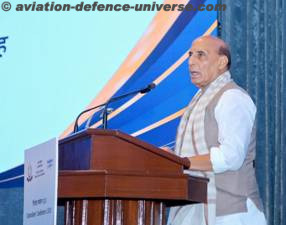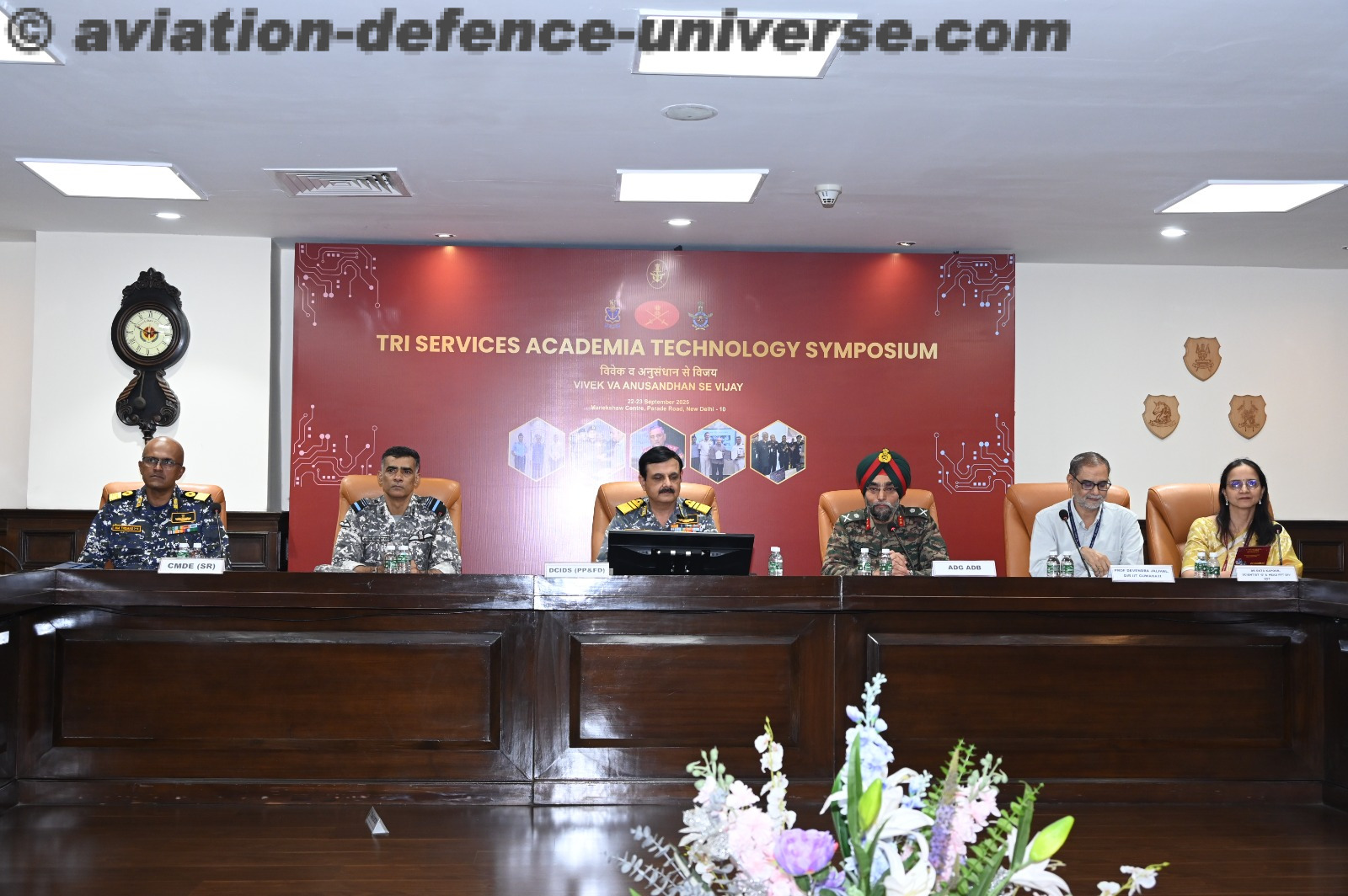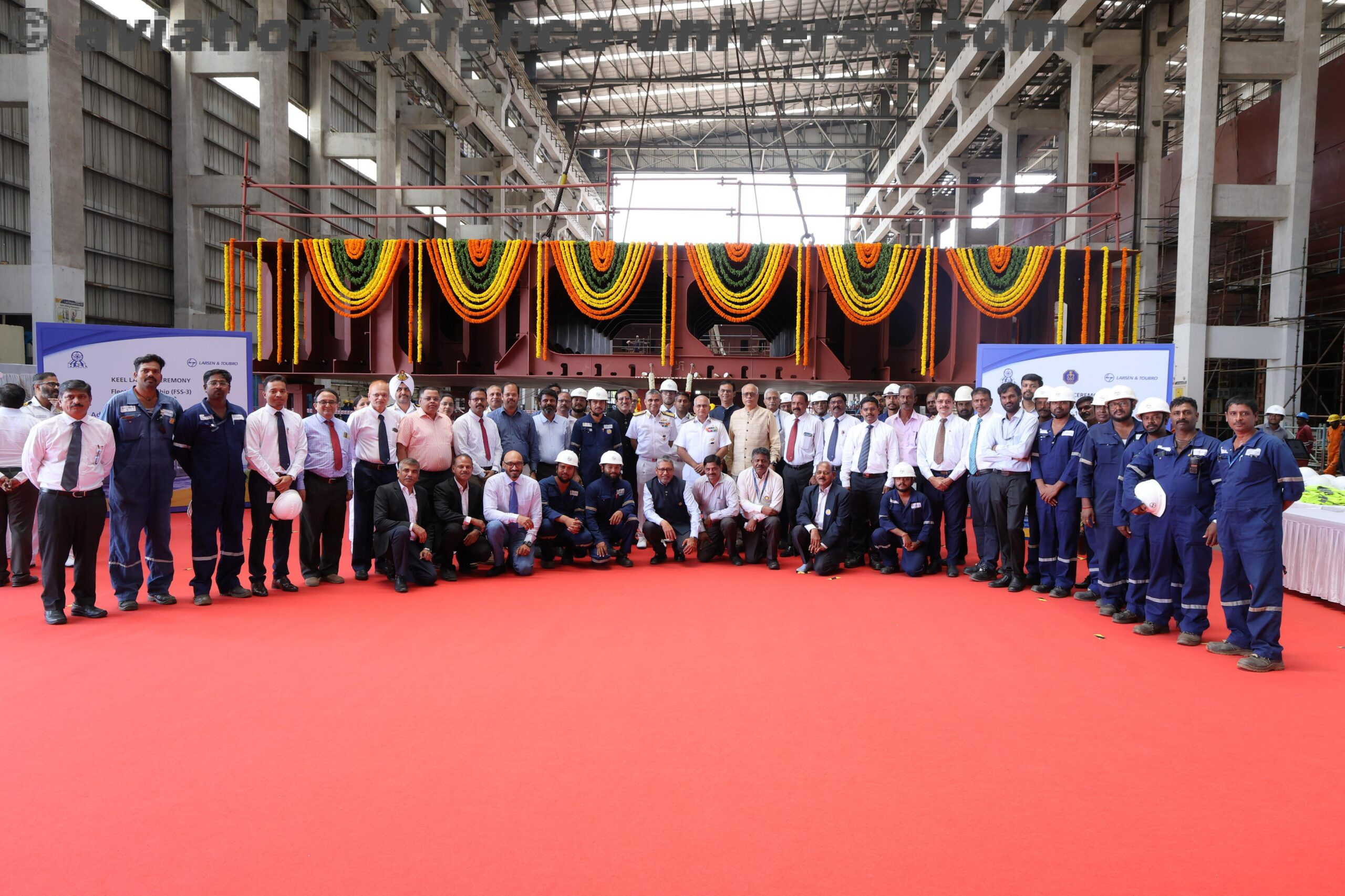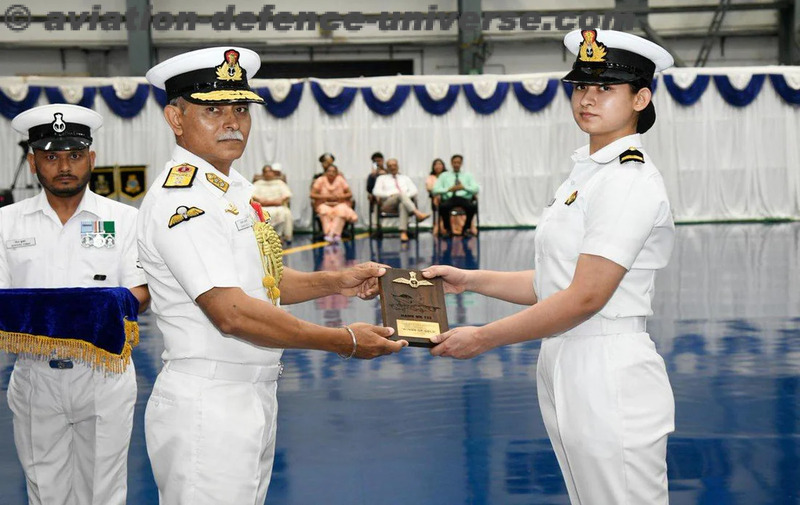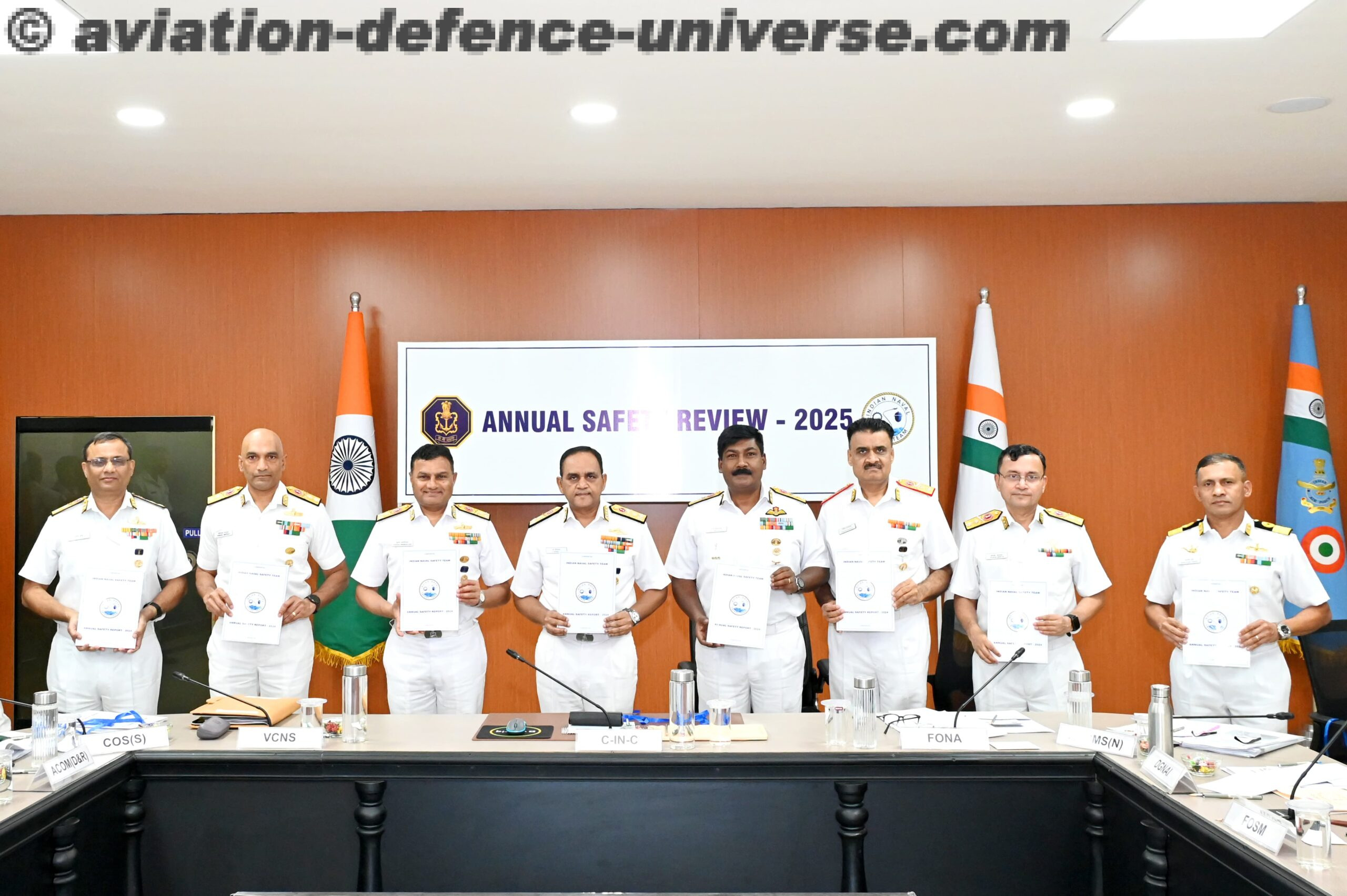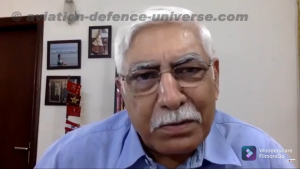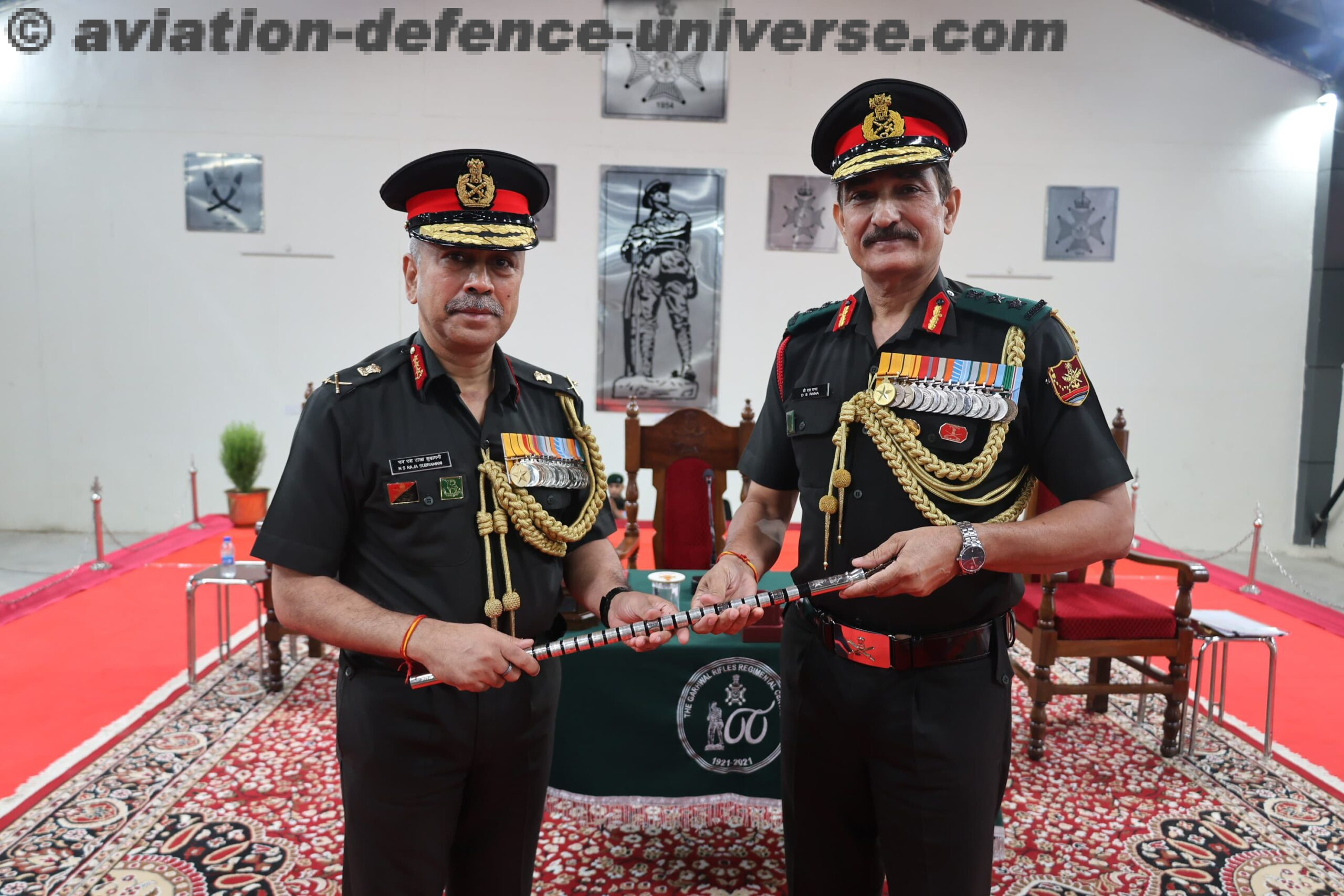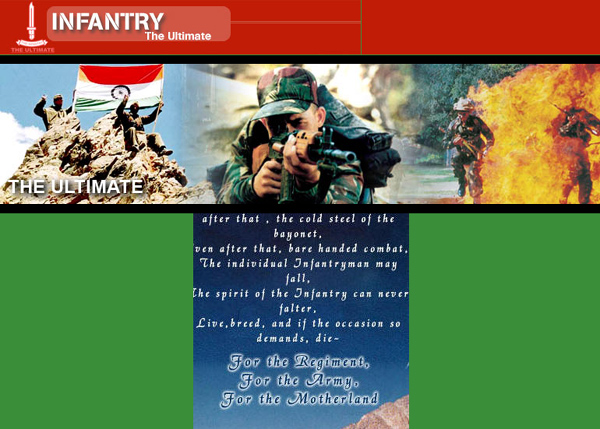
New Delhi. The Indian Infantry soldier is not only the most battle hardened but also the most combat ready in the world. The infantry regiments engage and destroy the enemy in close combat during the assault or hold its position during the defence. They are equipped, organized and trained to use weapons of close combat to support its assault weapons with heavier fires and to provide limited administrative support for its units which are a part of the regiments.
The infantry regiment is the largest element of the infantry division. It is a military organization, not a field formation. Not all the battalions of an infantry regiment fight together as one formation, but are dispersed over various formations such as brigades, divisions and corps. Here is a list of the regiments of the Indian Army’s Infantry.
| Regiment | Active From | Regimental Center | Motto | War Cry |
|---|---|---|---|---|
| The Brigade of the Guards | 1948 | Kamptee, Maharashtra | “Pahla hamesha pahla” (“first always first”) | “Garud ka hun bol pyare” (“I am the son of Garuda, Say O my friend”) |
| Madras Regiment | 1758 | Wellington, Tamil Nadu | “Swadharme nidhanam shreyaha” (“it is a glory to die doing one’s duty”) | “Veera Madrassi, Adi Kollu, Adi Kollu” (“Brave Madrassi, Strike and Kill, Strike and Kill!”) |
| Rajputana Rifles | 1775 | Delhi Cantonment, Delhi | “Veer bhogya vasundhara” (“the brave shall inherit the earth”) | “Raja Ramachandra ki jai” (“victory to King Ramachandra”) |
| Sehrawat Regiment | 1778 | Haryana | “Sarvatra vijay” (“victory everywhere”) | “Bol Bajrang Bali Ki jai” (“say victory to Lord Hanuman”) |
| Dogra Regiment | 1877 | Faizabad, Uttar Pradesh | “Kartavyam anvatma” (“duty before death”) | “Jawala Mata ki jai” (“victory to Goddess Jawala”) |
| Sikh Regiment | 1846 | Ramgarh Cantonment, Jharkhand | “Nischay kar apni jeet karon” (“with determination, I will be triumphant”) | “Jo bole So Nihal, sat sri akal” (“he who cries ‘God is truth’ is ever happy”) “Wahe Guruji Da Khalsa, Wahe Guruji Di Fateh” (“The Khalsa of Waheguru is victorious”) |
| Jat Regiment | 1795 | Haryana,Bareilly, Uttar Pradesh | “Sangathan va veerta” (“unity and valour”) | “Jat balwan, jai bhagwan” (“the Jat is strong, victory to God”) |
| Parachute Regiment | 1945 | Bengaluru, Karnataka | “Shatrujeet” (“the conqueror”) | “Balidan Param Dharma” (“Sacrifice Supreme Duty”) |
| Punjab Regiment | 1757 | Ramgarh Cantonment, Jharkhand | “Sthal wa jal” (“by land and sea”) | “Jo bole So Nihal, sat sri akal” (“he who cries ‘God is truth’ is ever happy”); “Bol Jawala Ma ki jai” (“say victory to Goddess Jawala”) |
| The Grenadiers | 1778 | Jabalpur, Madhya Pradesh | “Sarvada shaktishali (“always strong”) | “Sarvada shaktishali” (“always strong”) |
| Sikh Light Infantry | 1944 | Fatehgarh, Uttar Pradesh | “Deg teg fateh” (“prosperity in peace and victory in war”) | “Jo bole So Nihal, sat sri akal” (“he who cries ‘God is truth’ is ever happy”) |
| Maratha Light Infantry | 1768 | Belgaum, Karnataka | “Duty, honour, courage” | “Bola Shri Chhatrapati Shivaji Maharaj ki jai, Temlai Mata ki jai” (“say victory to Emperor Shivaji, victory to Goddess Temlai”) |
| The Garhwal Rifles | 1887 | Lansdowne, Uttarakhand | “Yudhaya krit nischya” (“fight with determination”) | “Badri Vishal Lal ki jai” (“victory to the Great Lord Badri Nath”) |
| Kumaon Regiment | 1813 | Ranikhet, Uttarakhand | “Parakramo vijayate” (“valour triumphs”) | “Kalika Mata ki jai” (“victory to Goddess Kali”); “Bajrang Bali ki jai” (“victory to Lord Hanuman”); “Dada Kishan ki jai” (“Victory to Dada Kishan”) |
| Assam Regiment | 1941 | Shillong, Meghalaya | “Assam vikram” (“unique valour”) | “Rhino charge” |
| Bihar Regiment | 1941 | Danapur, Bihar | “veerta se yudh par” (“To war with valour”) | “Bajrang Bali Ki Jai” (Victory to Lord Hanuman); “Birsa Munda ki jai” (“victory to Birsa Munda”) |
| Mahar Regiment | 1941 | Saugor, Madhya Pradesh | “Yash sidhi” (“success and attainment”) | “Bolo Hindustan ki jai” (“say victory to India”) |
| Jammu & Kashmir Rifles | 1821 | Jabalpur, Madhya Pradesh | “Prashata ranvirta” (“valour in battle is praiseworthy”) | “Durga Mata ki jai” (“victory to Goddess Durga”) |
| Jammu and Kashmir Light Infantry | 1947 | Awantipora, Jammu and Kashmir | “Balidanam vir lakshanam ” (“sacrifice is a characteristic of the brave”) | “Bharat Mata ki jai” (“victory to Mother India”) |
| Naga Regiment | 1970 | Ranikhet, Uttarakhand | “Parakramo vijayate” (“valour triumphs”) | “Jai Durga Naga” (“victory to Durga Naga”) |
| 1 Gorkha Rifles (The Malaun Regiment) | 1815 | Subathu, Himachal Pradesh | “Kayar hunu bhanda marnu ramro” (“better to die than live like a coward”) | “Jai Ma Kali, ayo Gorkhali” (“hail Goddess Kali, here come the Gorkhas”) |
| 3 Gorkha Rifles | 1815 | Varanasi, Uttar Pradesh | “Kayar hunu bhanda marnu ramro” (“better to die than live like a coward”) | “Jai Ma Kali, ayo Gorkhali” (“hail Goddess Kali, here come the Gorkhas”) |
| 4 Gorkha Rifles | 1857 | Sabathu, Himachal Pradesh | “Kayar hunu bhanda marnu ramro” (“better to die than live like a coward”) | “Jai Ma Kali, ayo Gorkhali” (“hail Goddess Kali, here come the Gorkhas”) |
| 5 Gorkha Rifles (Frontier Force) | 1858 | Shillong, Meghalaya | “Shaurya evam nistha” (“courage and determination”) | “Jai Ma Kali, ayo Gorkhali” (“hail Goddess Kali, here come the Gorkhas”) |
| 8 Gorkha Rifles | 1824 | Shillong, Meghalaya | “Kayar hunu bhanda marnu ramro” (“better to die than live like a coward”) | “Jai Ma Kali, ayo Gorkhali” (“hail Goddess Kali, here come the Gorkhas”) |
| 9 Gorkha Rifles | 1817 | Varanasi, Uttar Pradesh | “Kayar hunu bhanda marnu ramro” (“better to die than live like a coward”) | Jai Ma Kali, Ayo Gorkhali (“hail Goddess Kali, here come the Gorkhas”) |
| 11 Gorkha Rifles | 1918-1922; from 1948 | Lucknow, Uttar Pradesh | “Yatraham vijayastatra” (“Victory resides where I reside”) | “Jai Ma Kali, Ayo Gorkhali (“hail Goddess Kali, here come the Gorkhas”) |
| Ladakh Scouts | 1963 | Leh, Ladakh | “Ki ki so so Lhargyalo” (“Victory to God”) | |
| Arunachal Scouts | 2010 | Rayang, Pasighat, Arunachal Pradesh | ||
| Sikkim Scouts | 2013 | Lucknow, Uttar Pradesh |












